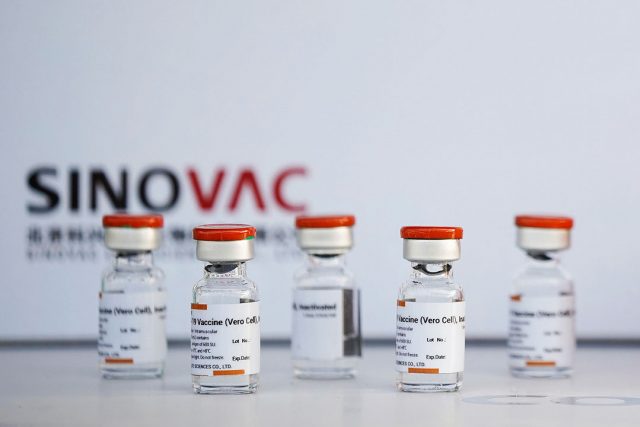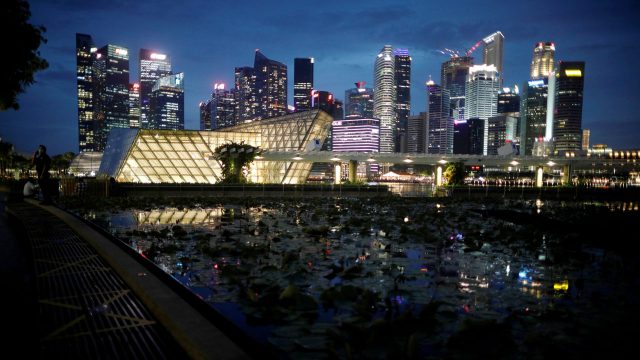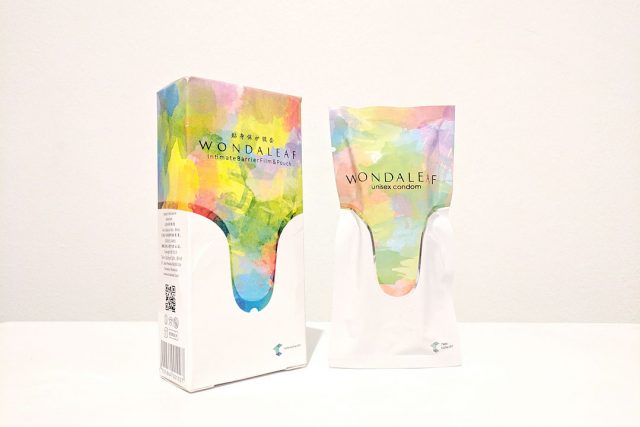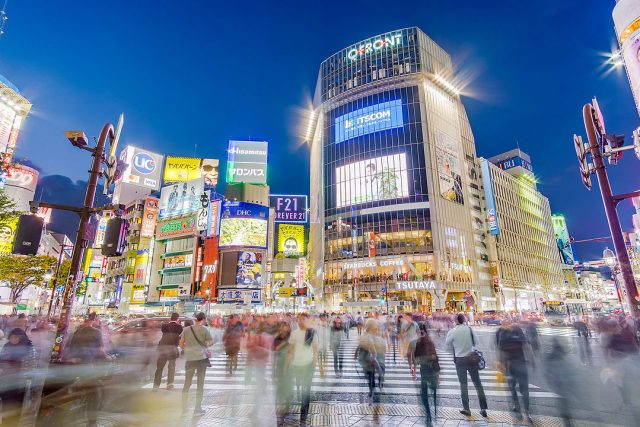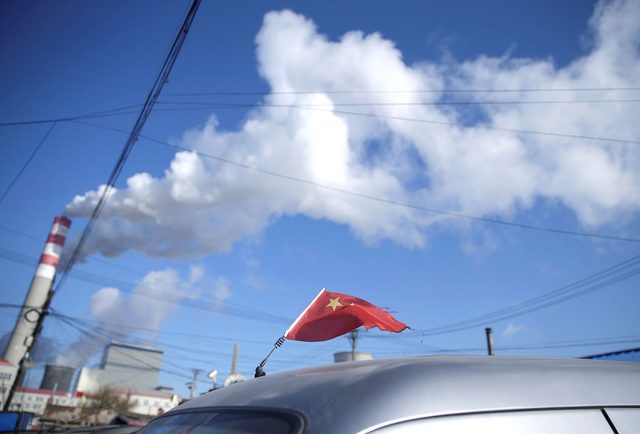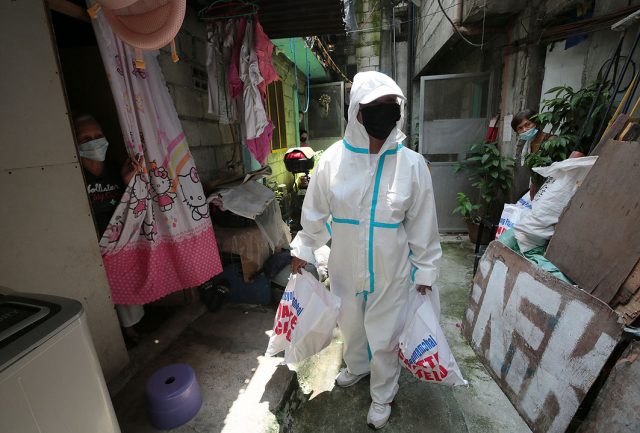Experts back boosters for people inoculated with Sinovac’s vaccine
HONG KONG will soon start giving out COVID-19 booster shots to the elderly, those at higher risk of infection and people inoculated with China’s Sinovac BioTech Ltd. vaccine, following places like Singapore and the mainland which are already deep in their own third-dose rollouts.
Those over the age of 60, health workers, as well as airport, hotel and customs staff should get a third shot six months after their second dose, experts serving on panels for the Centre for Health Protection (CHP) recommended late Wednesday.
The city dispenses vaccines from Germany’s BioNTech SE and Sinovac, with anyone who received the Chinese shot advised to get a booster as well. Antibodies produced after receiving Sinovac’s vaccine were nearly undetectable eight months after it was administered, an earlier study found.
“We’ve seen the need to run booster shots, so we won’t wait for a long time before launching it,” Edwin Tsui, controller of the CHP, told reporters Wednesday.
Anyone who is immuno-compromised and got inoculated with either of the vaccines on offer should get a booster, as long as it’s been four weeks since they completed their first vaccine course. The experts said those initially inoculated with Sinovac could either get an additional dose of that vaccine or the BioNTech shot, which has been found to be more effective at preventing COVID and transmission in clinical trials.
But for most BioNTech recipients, there’s no “good scientific reason” to choose a Sinovac booster because it’s less effective at activating the immune response, said David Hui, chairman of the Scientific Committee on Emerging and Zoonotic Diseases.
Hong Kong’s move comes after a raft of other places started disseminating boosters, with research indicating the efficacy of COVID vaccines declines over time. Vaccine front-runner Israel has administered millions of booster shots and is making preparations in case a fourth round is needed. The US and UK, meanwhile, started offering the extra shots widely last month, while Europe has endorsed third doses. Singapore expanded the rollout of boosters to people aged 30 and above earlier this month.
China recently started giving boosters to high-risk people, with the World Health Organization’s (WHO) advisory group recommending those aged 60 and older who received the Sinovac and Sinopharm vaccines get a third dose. The shots use an inactivated vaccine technology that is less effective than the messenger RNA used in shots made by BioNTech with Pfizer, Inc., and by Moderna, Inc.
Some experts have questioned the need for the broad use of boosters, however, as existing vaccines do reduce the risk of serious disease and death. The WHO called for a moratorium on boosters for most people this year, until the available vaccines are more widely distributed and poorer nations have better access to initial doses.
Hong Kong has received Sinovac’s application to lower the age limit for inoculations to three, down from 18, but the advisers said they are yet to make a decision. Currently, children aged 12 to 17 can receive BioNTech shots.
The booster move comes as Hong Kong remains committed to Covid Zero, a strategy that countries like Australia and Singapore are moving away from but which China continues to pursue. The city’s vaccination program is yet to be tested, with hardcore restrictions making it one of the few places yet to have a domestic delta outbreak. Hong Kong has reported just three locally transmitted cases in nearly five months.
Hong Kong’s quarantine measures remain some of the toughest in the world, and have fueled concerns that it could be left behind as other places reopen their borders, accepting the virus is going to be endemic.
While some people in Hong Kong may get a booster, many are still refusing to get even one. Hesitancy is mainly concentrated among the elderly, with just 47% of those aged over 60 receiving at least one dose. Since the vaccination campaign began in February, 61% of residents have received their first shot, according to Bloomberg’s Vaccine Tracker. That compares with 83% for Singapore, its rival financial hub in Asia.
Among the 4.6 million people who have received at least one dose, about a third opted for Sinovac and two-thirds chose BioNTech. The city also procured 7.5 million shots from AstraZeneca Plc, but plan to donate it all to Covax, the WHO-backed global vaccine program to disseminate shots to developing and middle-income countries. — Bloomberg

